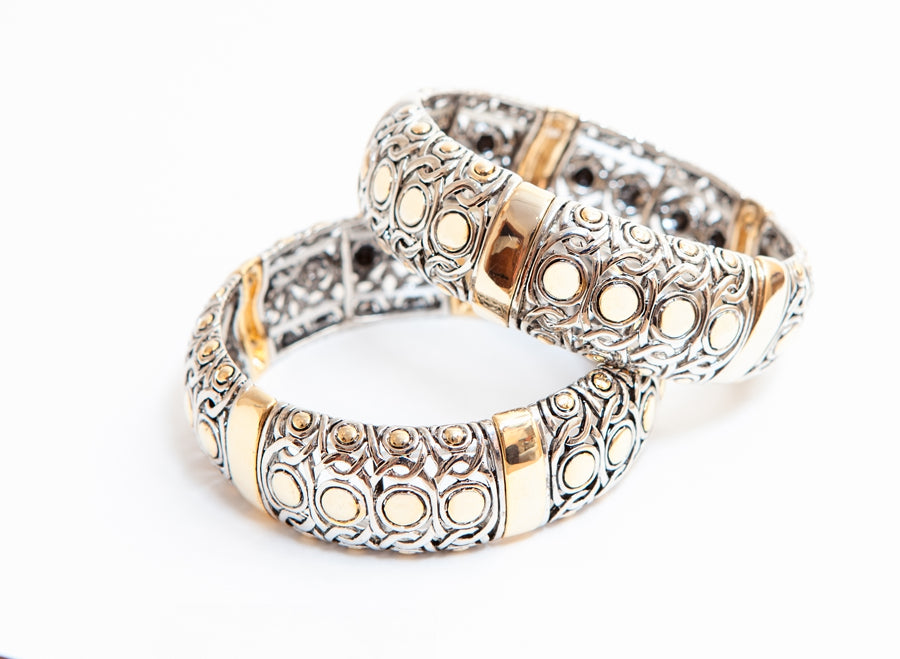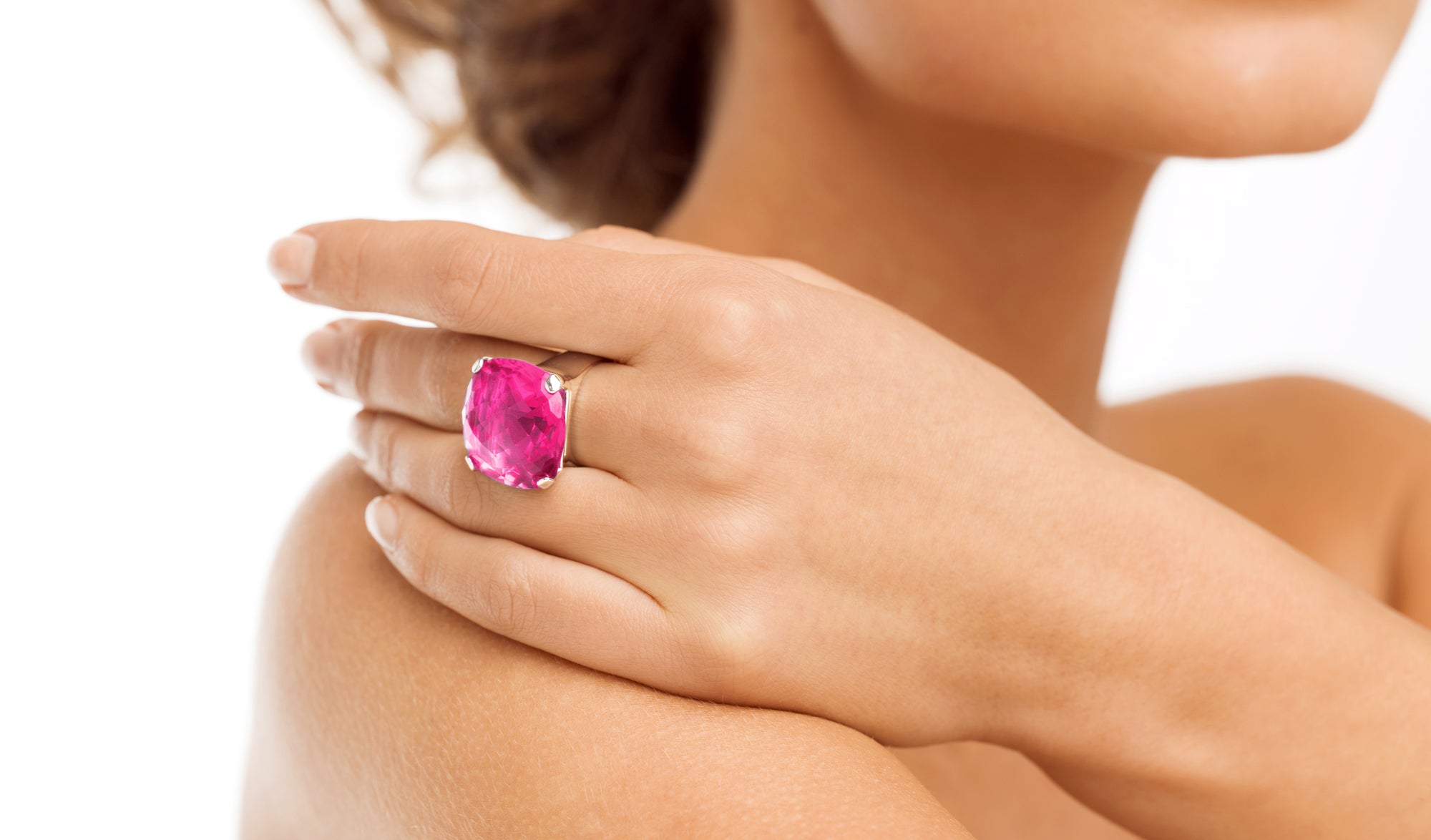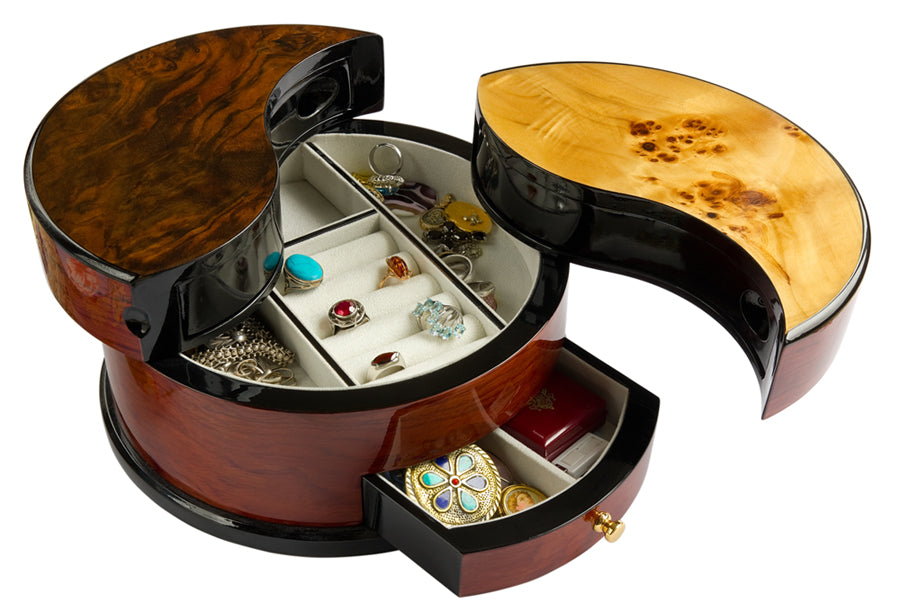
How Often Should I Have My Jewelry Cleaned and Checked?
It is recommended that you have your jewelry and precious stones checked every six months for signs of loose, worn or damaged gemstones and metal. If you wear a particular piece regularly, then it may need to be checked even more often.
General Guidelines Applied To All Sorts Of Jewelry
- Store your jewelry in a dry place. If possible, keep each piece in tissue paper and put it in a box or pouch made of soft cloth.
- Keep each jewelry piece separate. Otherwise, you risk chances of scratching, breaking, and tangling.
- Compact Ultrasonic cleaners can be used to clean jewelry at home since they usually do a thorough job. However, it’s advisable that you find a model that’s approved by your personal jeweler.
- Some jewelers clean and check the wear of jewelry for freer. It’s an excellent idea to take advantage of this complimentary service where offered.
- It’s not advisable to wear jewelry in a pool or hot tub since the chemicals or treatment in the water can corrode and degrade the precious metals and gemstones over time.
- For the majority of toothpaste available, it is not recommended to use for cleaning your jewelry. Most toothpaste has harsh chemicals that can alter the appearance or degrade the surface of some metals and gemstones in your jewelry.
Jewelry Care for Precious Metals
Yellow Gold – One of the most common metals used for jewelry. With yellow, white, rose, green, and blue variations you can wear it with nearly any outfit and occasion. In its pure form (24K) gold is soft, malleable, has a melting point of 1,948 degrees F, and does not rust or tarnish, but when other metals are added for color and strength, it changes its inherent proprieties. If your gold tarnishes, a jeweler can clean and refinish the surface bringing back its original shine.
Platinum – It has become more popular due to its natural white color, durability, and the fact that chemicals like chlorine don’t impact it. Platinum is extremely dense, it does not tarnish, it has a high melting point of 3,215 degrees F, and it’s a metal that most people are not allergic to. You will be able to see scratches on your platinum jewelry more quickly than gold and silver, but your jeweler can resurface them.
Silver – Is one of the most affordable common metals used for jewelry. Aside from a few alloyed variations, silver has a tendency to tarnish over time (moisture speeds up this process). Silver is malleable so it can be formed and adjusted using hand tools, it has a melting temperature of 1,763 degrees F, and is a naturally white metal. It is best to store silver in dry areas to keep its shine, and can easily be cleaned with jewelry clothes, solutions, or surface polishing.
White Gold – Becomes white when natural yellow gold is alloyed with other white metals such as nickel and white brass, and after cleaning and polishing it is plated with rhodium (another white metal). Over time, this plating starts to wear out, and a yellow/gray hue appears on the surface. Periodically plating with rhodium will help to maintain the white appearance, and most people are not allergic to rhodium either. The cost to re-rhodium plate jewelry is dependent on the amount of work it takes to remove the old plating, clean, polish, and prepare the new rhodium treatment.
Palladium – Is a less common but more affordable metal used in jewelry. Palladium is part of the platinum group, with the benefits of being naturally white, it does not tarnish, and most people are not allergic to it. Being malleable, less dense than platinum, and with a melting temperature of 2,831 degrees F, this metal is an excellent alternative to silver or white gold.



Leave a comment
This site is protected by reCAPTCHA and the Google Privacy Policy and Terms of Service apply.